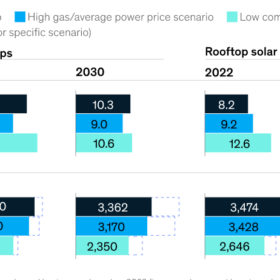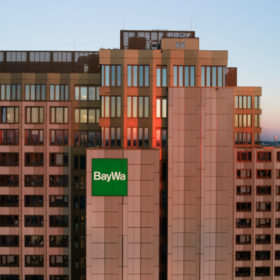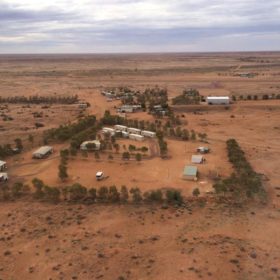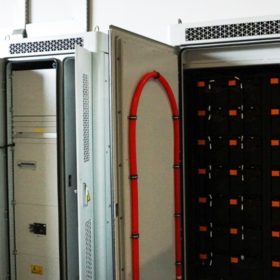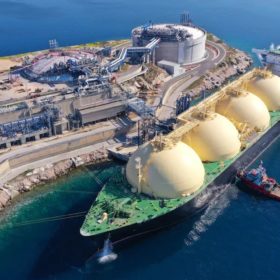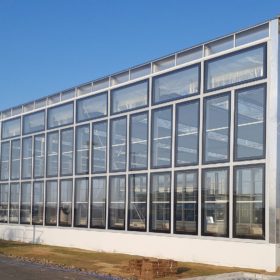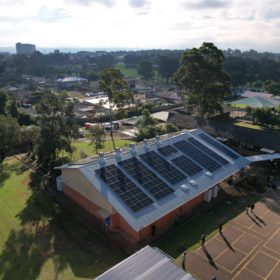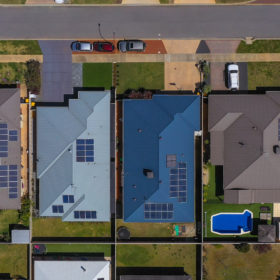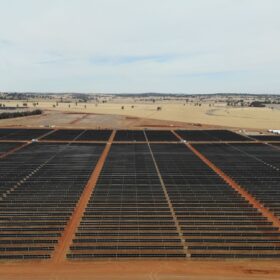NSW commits $1.5 billion in concessions for green hydrogen projects
Two new green hydrogen projects in New South Wales will share in $64 million (USD 43.25 million) in support as the state government looks to accelerate the development of a hydrogen industry which is projected to attract more than $80 billion in private investment.
Study shows payback times for heat pumps could plunge by 2030
McKinsey & Company says in a new report that payback periods for heat pumps could fall by up to 38% by 2030.
BayWa re to sell PV product distribution business
BayWa AG is strategically realigning BayWa re so it can sell its solar trade business. In the future, the subsidiary will focus on international projects as an independent power producer (IPP).
Weekend read: Dawn of the store-age
Last year was another landmark 12 months for energy storage, with all indicators pointing to a massive surge in demand. Supply chain instability and inflation saw battery prices rise, but the industry demonstrated an ability to swiftly react to geopolitical developments. Marija Maisch examines five trends driving the market.
Solar and storage provides energy solution for South Australian town
The remote town of William Creek in outback South Australia is now being powered entirely by solar backed by a battery energy storage system after the switch was flicked on a 200 kW PV array that eliminates the need for diesel generation.
Shell Energy delivers battery-backed renewables solution for NSW
The Australian renewables and energy solutions arm of global energy Shell is finalising the installation of a solar-powered virtual power plant featuring battery energy storage systems deployed across 16 New South Wales government buildings.
Oil and gas companies needed to make green hydrogen a reality
Think about oil and gas companies and climate change and chances are you’ll think dark thoughts. It’s true Exxon Mobil had remarkably detailed knowledge of global warming in the 1970s. Some seeded doubt by funding climate denier organisations and scientists and invented greenwashing.
ClearVue secures chance to test solar window tech in Hong Kong
Western Australian solar window company ClearVue Technologies has won a tender to complete a study of its electricity generating glazing technology, which will be installed at a Hong Kong government department’s headquarters as part of a fully-funded field trial.
NSW welcomes a fresh cohort of solar schools
A new cohort of 18 New South Wales (NSW) public schools will receive solar and battery energy storage systems in the latest round of the NSW government’s Smart Energy Schools Pilot Project.
SwitchDin plots DER testing lab to help tackle clean energy transition
Australian energy management software company SwitchDin has announced it will build the Southern Hemisphere’s largest lab dedicated to researching and testing distributed energy resources at its headquarters in the New South Wales Hunter region.

